We are entering the peak season of tomatoes, when the juicy orbs ripen under the sun in every small vegetable patch, and take over the market stalls in their myriad colors, shapes, and sizes—from huge beefsteak varieties to clusters of tiny cherry tomatoes.
This is also when they become a staple on every Italian menu. They might be simply sliced, drizzled with olive oil, and topped with fresh mozzarella or burrata. Or they might be tossed in a refreshing bread salad, like Tuscan panzanella; layered in a sandwich along with tuna and a few lettuce leaves; or simply rubbed on a slice of bread to make pane e pomodoro, the summer afternoon snack my grandma would prepare for me when I was growing up.
In their summer abundance, tomatoes also become the star ingredient of our seasonal preserves.
Roma or San Marzano tomatoes are usually blanched, peeled, and deseeded, then canned whole for the winter in big jars. These pelati are key to many recipes, especially sauces for pasta and for stewing meat and fish.
Tomatoes can also be turned into a purée to be canned: They’re not cooked, but peeled and deseeded, carefully hung in the garden—or in a tea towel or colander over the sink—for a few hours to drain the excess water, and then puréed into a thick sauce. This passata is what we use to top pizza, or as a starting point for more delicate sauces, due to its finer texture.
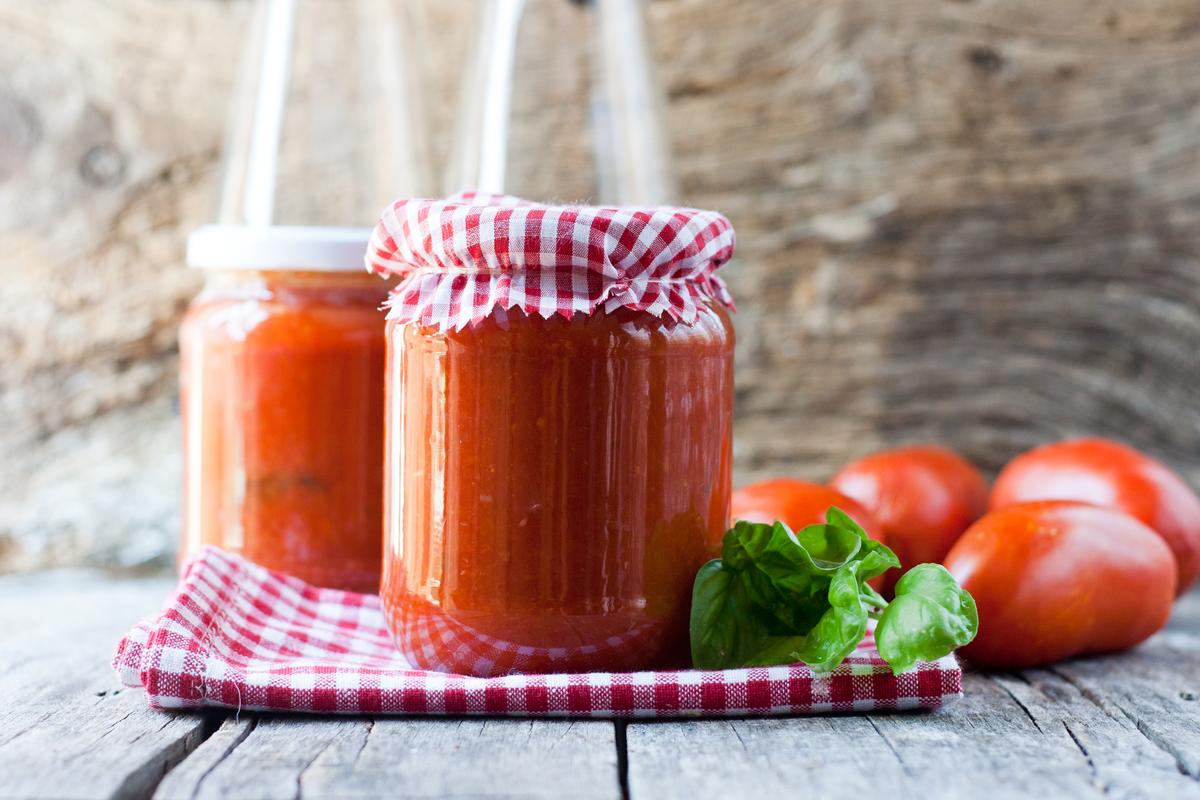
Given our unconditional love for tomatoes, you might think they have always been a staple ingredient of Italian cuisine. But actually, they were brought to Italy, and the rest of Europe, after the discovery of America. At the end of the 17th century, this New World import quickly conquered Italian cuisine, both in the cucina povera, the peasant cooking traditions, and on the banquet tables of the rich and noble.
Despite their late start, tomatoes have become one of Italy’s most loved ingredients, and one of the most representative, too. A simple bowl of spaghetti al pomodoro, pasta dressed with tomato sauce, is now widely acknowledged as the quintessential Italian dish: for its simplicity, its essential ingredients, its bright seasonal flavors, and its ubiquitous presence on every family table.
Variations on a Theme
You can often tell where in Italy someone is from based on how they make their tomato sauce.In the north of Italy, they typically cook ripe tomatoes—or even canned peeled tomatoes or tomato purée—with onion and a generous knob of butter. These simple ingredients add up into a rich, velvety tomato sauce much greater than the sum of its parts. You might recognize this formula in Italian cookbook legend Marcella Hazan’s famous tomato sauce, for example.
As you move toward the South, onion is slowly replaced with garlic, and butter with extra virgin olive oil, for a fresher Mediterranean flavor. This is the tomato sauce we’ve been making at home in Tuscany as long as I can remember, with fresh basil and sun-ripened tomatoes in the summer, or with a jar of peeled tomatoes in winter, ideally ones my mum canned the previous summer.
What is striking in both variations, though, is the incredibly short list of ingredients—something that the best Italian recipes have in common. Simplicity wins.
As a result, you must start with high-quality ingredients, as they cannot be masked by spices or cream. Buy the best tomatoes you can afford, either fresh, ripened in the sun and sold at the stall of a farmers market, or canned. When it comes to canned tomatoes, I usually prefer pelati, whole peeled tomatoes, that I crush with my hands just before pouring them into the saucepan; they give more body to the sauce than passata, pureéd tomatoes.
Of course, creativity and pantry staples can work magic, too. Chili pepper, dried oregano, anchovies preserved in oil, olives, and capers are all ingredients that can enrich a homemade tomato sauce. Always remember the key word, though: moderation. Less is more when it comes to creating a recipe with an Italian flair.
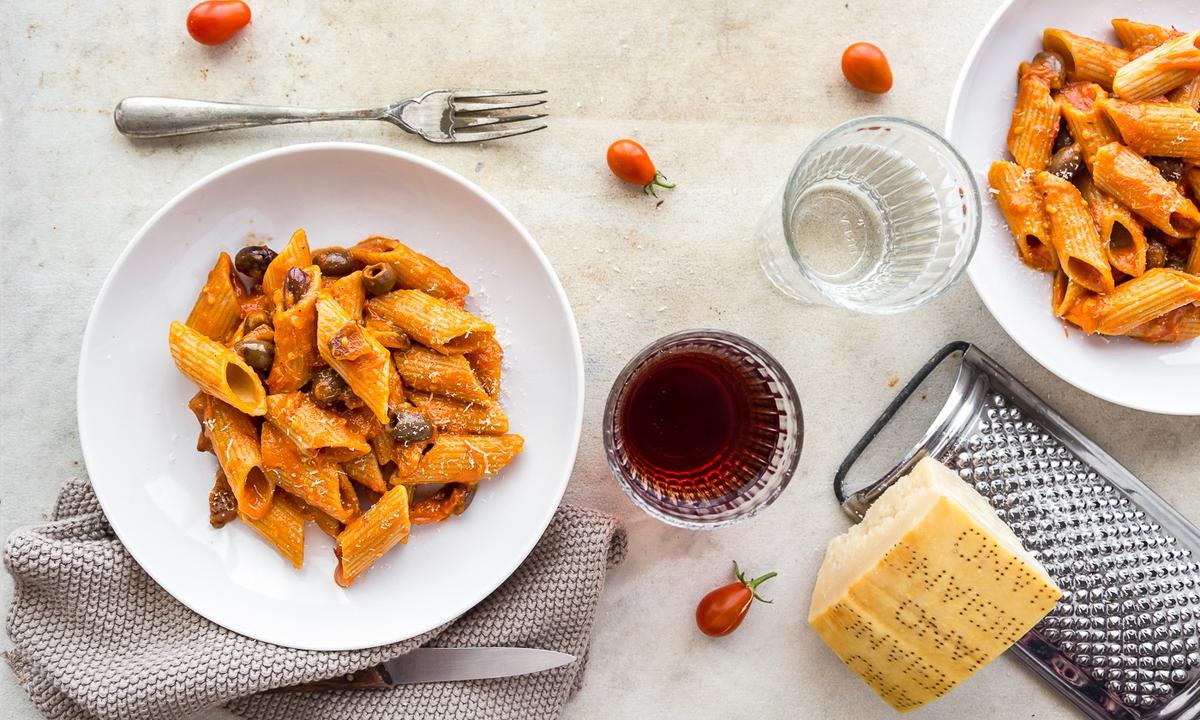
Let’s have a look at three Italian-inspired tomato sauces for pasta: a basic pomarola, which you can enjoy right away or preserve for the winter; a garlicky tomato sauce rich with olives and guanciale, which will probably become your go-to for pasta, for its simplicity; and a burst cherry tomato sauce with basil and pine nuts, to prepare in big batches when you have your friends over for dinner.
Make them now with fresh, ripe tomatoes, while they’re in season, abundant, and affordable, for the purest taste of an Italian summer.
Giulia Scarpaleggia is a Tuscan born and bred food writer, food photographer, and author of five cookbooks, including “From the Markets of Tuscany.” Find her online at her blog, JulsKitchen.com

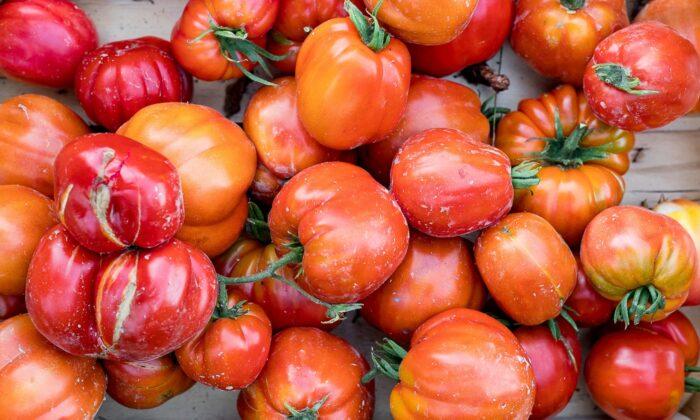


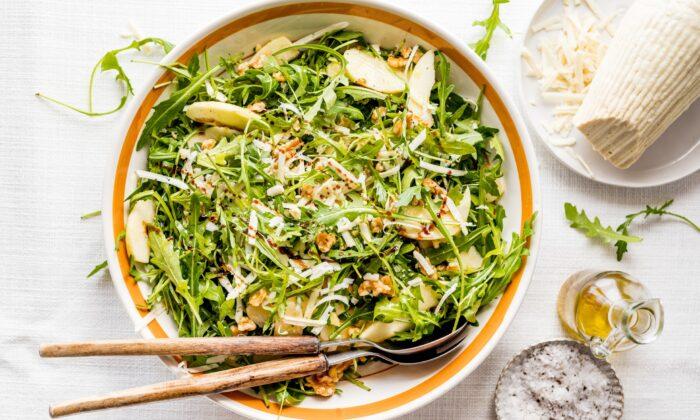
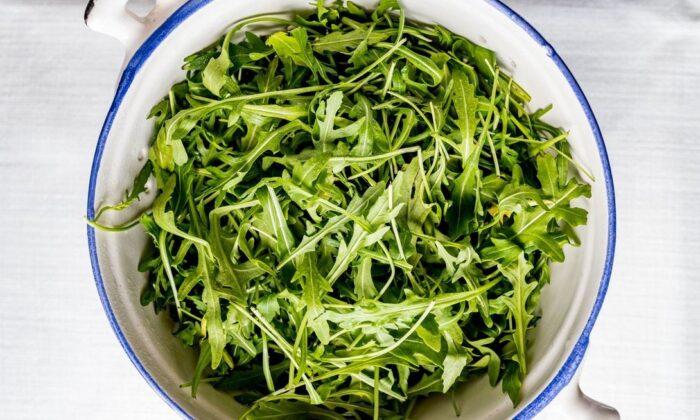
Friends Read Free